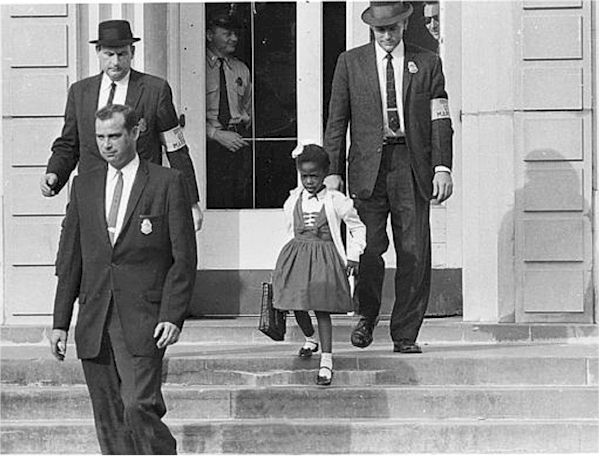Abortion rights, women of color, and LGBTQIA+ people are under attack. Pledge to join us in fighting for gender justice.
5 Native Americans to Celebrate Today Instead of Christopher Columbus
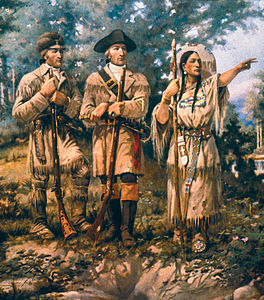
Columbus Day, enacted as a federal holiday in 1937, was established to celebrate Christopher Columbus, an Italian explorer whose claim to fame is discovering America… only, he didn’t, because you can’t discover a place where millions of native people are already living. So rather than celebrating someone who was responsible for the rape, murder, and eradication of millions of indigenous people, let’s take today to remember and lift up Native Americans who have made amazing contributions to America despite incredible barriers.
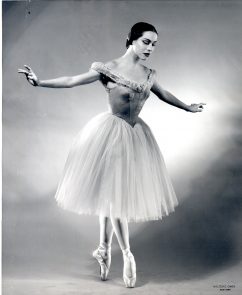
Maria Tallchief of the Osage tribe was the first Native American prima ballerina of the New York City Ballet. She held the title for 13 years and even became the first American ever to dance with the Paris Opera ballet. In 1999 Maria Tallchief received the National Medal of the Arts for her outstanding dedication and contributions to the arts. She was given the name ‘Wa-Xthe-Thomba,” meaning “Woman of Two Worlds” and paved the way for women like her to break into ballet which has historically been a majority white space.
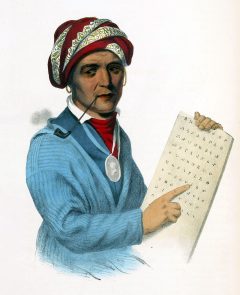
Sequoyah was a Cherokee silversmith who is credited with creating the Cherokee alphabet. After noticing that Cherokee soldiers had no way to read, write, or record history in their native tongue, he worked for 12 years to develop a writing system for the Cherokee people. After teaching his daughter Ayoka how to make and use the symbols, he presented the new alphabet, and within months thousands of Cherokees became literate. Because of Sequoyah the “Cherokee Phoenix” became the first national bi-lingual newspaper and legal documents and educational materials could be written in Cherokee. Sequoyah was awarded the Cherokee Nation silver medal award and continues to inspire many.
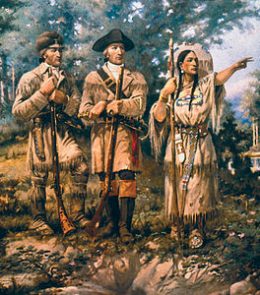
Sacagawea was an interpreter for the Shoshone tribe and was the only woman to accompany the Lewis and Clark expedition of the American West. Captured at the age of 12 by a rival tribe, Sacagawea was then sold and became the wife to a French-Canadian fur trader. She would then go on to be an integral member the expedition party, where she traveled thousands of miles in the Lewis and Clark expedition party while pregnant with her son, Jean Baptiste. Her skills proved to be invaluable as she was able to communicate with the Shoshone for horses needed to cross the Rocky Mountains. Sacagawea also was able to find food, make clothing, and calm other Native American tribes, who saw the presence of a woman and a baby as a sign of peaceful intentions. In 2001 Sacagawea was commemorated on the gold dollar coin.
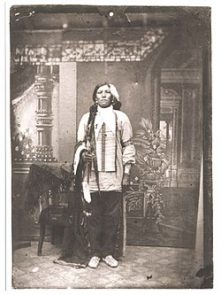
Crazy Horse was a Lakota Sioux principal war chief who worked his whole like to preserve Native American traditions and way of life. He resisted efforts of the U.S. government to force the Sioux people on reservations. In 1847 Crazy Horse resisted a U.S. military operation to push the Plains Indians onto reservations and take the Black Hills. He studied General George Crook’s actions and concentrated his warriors on the general’s weak spots, emerging victorious and winning the battle. Crazy Horse has secured his legacy in the Native American community as a relentless warrior who fought tirelessly against the United States government to preserve his culture and protect his people.
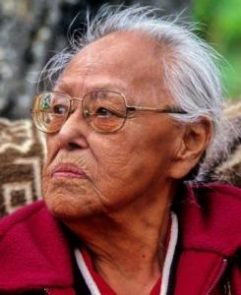
Marie Smith Jones was the last full-blooded member of the Eyak tribe and also the last person who knew the Eyak language, which was discouraged from being learned due to social stigmas. She moved back to Anchorage, Alaska in order to preserve records of the Eyak language and worked with a linguist to compile a dictionary and grammar of the language. Marie Smith Jones has spoken twice at the United Nations about peace and the importance of indigenous languages. She became an honorary chief of the Eyak tribe and will live on for her work in preserving and protecting her native tongue.


